
Food facts are fast becoming a very interesting topic, because there are so many things we don’t know about the foods or drinks we consume. While some are healthy and nutritional facts, others are funny, or just plain weird or nasty. Either way, knowledge is always a good thing, even if it is the contents of your favourite ice cream or honey.
Let’s take a quick look at those 10 food facts.
Castoreum
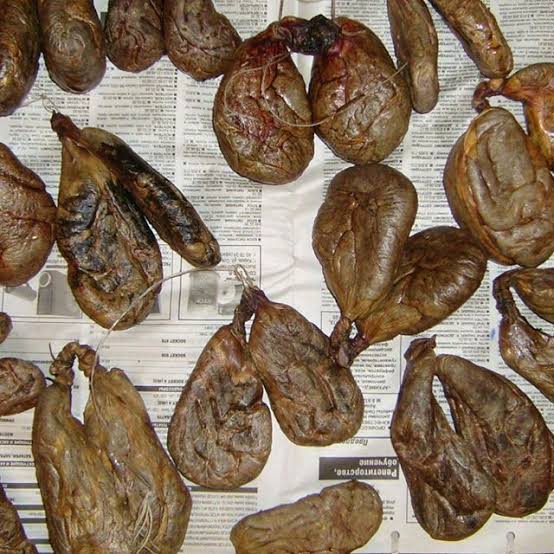
Castoreum, is a yellowish exudates from the castor sacs of the mature North American beaver and European beaver, and it is used as a substitute flavouring in ice creams, alcoholic beverages, baked goods, pudding, frozen dairy, chewing gum etc. Castoreum is actually taken from the anal glands of beavers, and they use it in combination with urine to scent mark their territory.
Honey
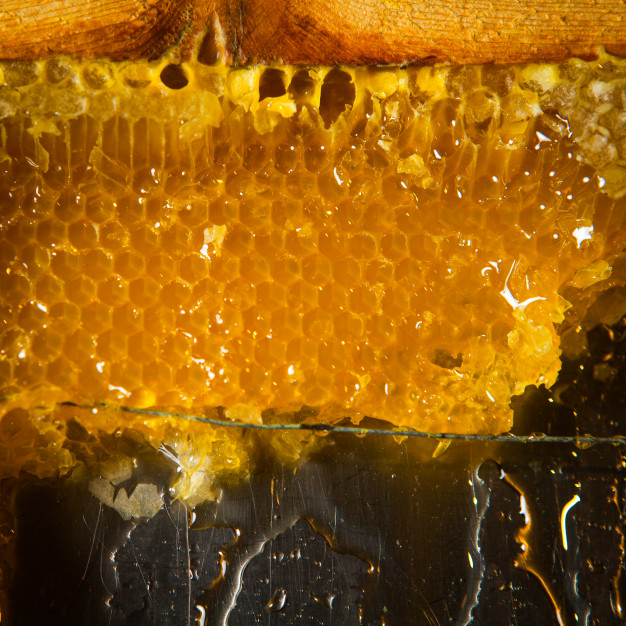
Honey makes a wonderful spread and has incredible natural healing powers. It also doubles as a great homemade moisturizer. Ever wonder how honey is made? Well, honey is made from a lovely combination of nectar and bee vomit. Yes, bees vomit. Interestingly also, honey is the only food with an eternal shelf life. It won’t rot and it can last up to 3000 years. I think this makes up for the gross.
Bananas
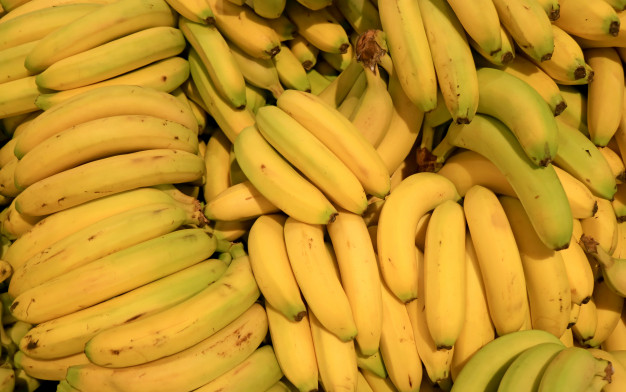
It is no secret that bananas are an excellent source of dietary fiber. They protect against type II diabetes, aid weight loss, strengthen the nervous system and keep blood sugars steady but less people know that eating them can actually help fight depression. The fruit contains high levels of tryptophan, which converts into serotonin – a type of chemical in our brain that influences mood. Additional facts tell us that a cluster of bananas are called a ‘hand’ and a single banana is known as a ‘finger’. If you didn’t know this before, you’re welcome.
Cucumbers
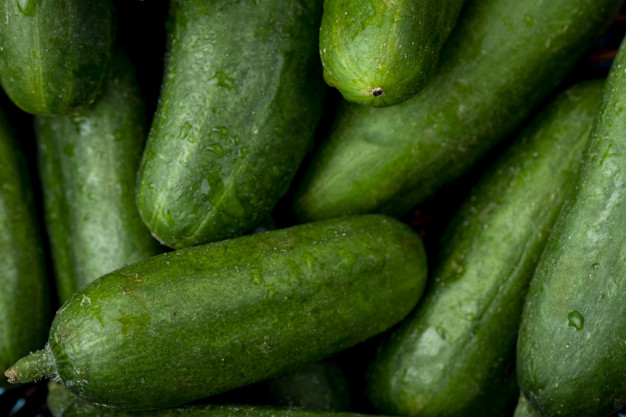
One of the most hydrating foods to eat is cucumber, made up of 96% water. It contains electrolytes, which are minerals that include calcium, chloride, magnesium, phosphate, potassium, and sodium, which helps your body restore what it may have lost through dehydration. It really is the best hangover cure, ever. Who knew? It also allegedly helps with weight loss.
Gelatin

The reason vegetarians and vegans can’t eat gelatin is that it is made from the skin, connective tissue, and bones of animals, such as cows and pigs. Very noble
Lemons and Limes

If you put lemons and limes in water, lemons will float and limes will sink. This is why; although lemons are usually bigger in size, making them typically heavier, it all comes down to density. Lemons have around the same density as water (0.99) and they have pores all over their rind, resulting in tiny air pockets on their surface causing them to float. Limes, on the other hand, are denser than water so naturally they sink.
Beetroot
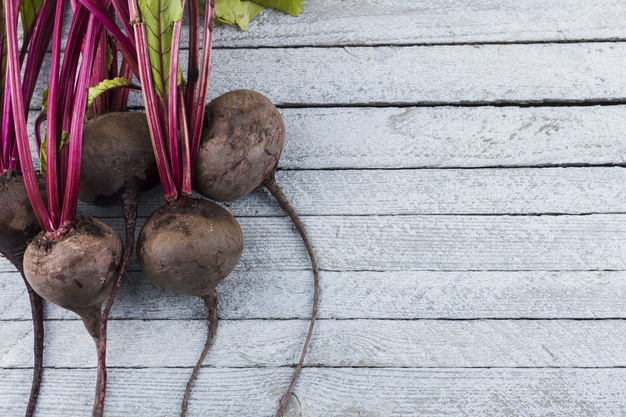
For all who are into natural beauty, boil some beetroot in water and then wash your hair in the water – it helps to cure dandruff. The smell may not be too great though, but who cares, great hair is life.
Fast Food Junkie

If you are a fast food junkie, cover your eye. Also, this might make you cringe. An average person will consume 12 pubic hairs in their fast food every year! Ewwwwwww
Kale
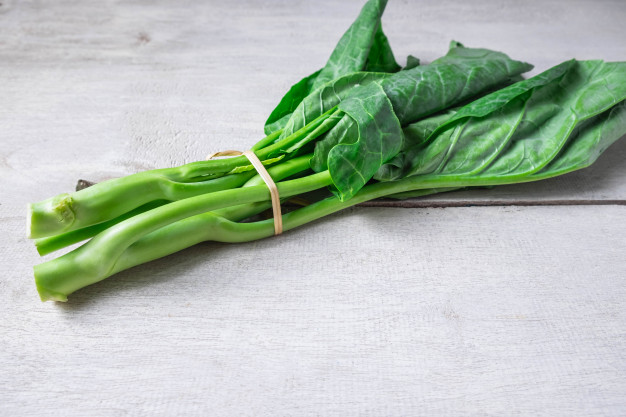
Kale is the most nutritiously dense vegetable. Just one cup of raw kale has only 33 calories yet it contains 684% of Vitamin K, 134% of Vitamin C, 206% of Vitamin A as well as Iron, Folate, Omega-3s, Magnesium, Calcium, Fiber, and two grams of protein.
Nutella
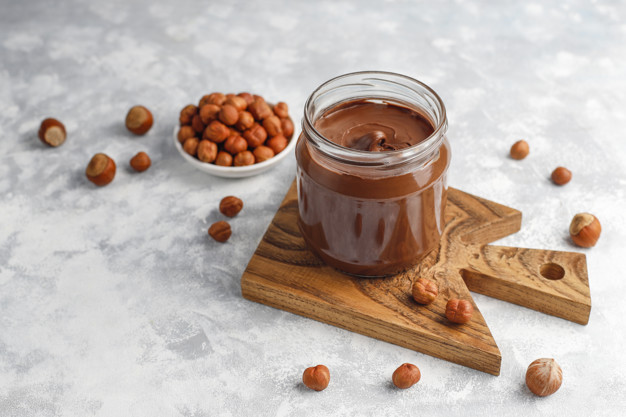
The amount of jars of nutella sold in a year could cover The Great Wall of China eight times. That would be a sight.
